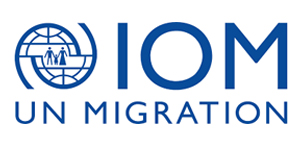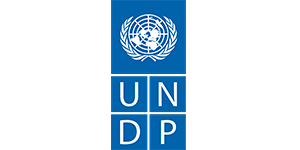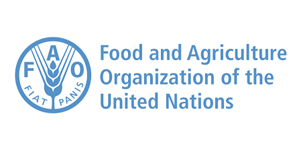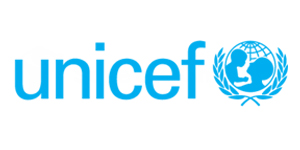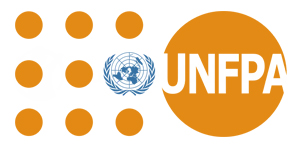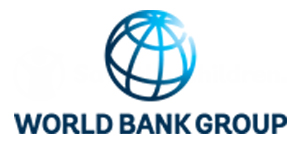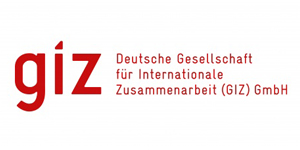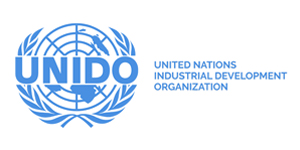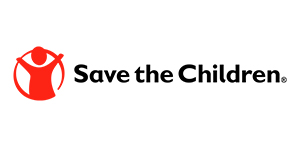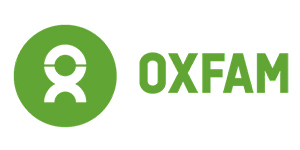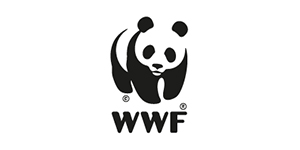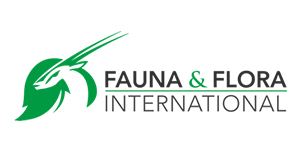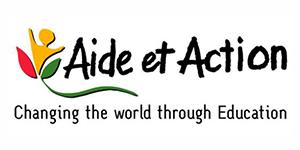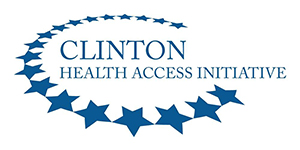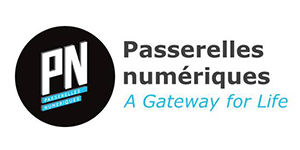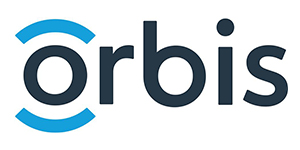Executive Summary
- This proposal will follow up and build upon East Africa Migration Routes (EAMR) initiative currently being implemented by Save the Children (SC) in Ethiopia, Sudan and Egypt, funded by the Swiss Agency for Development and Cooperation (SDC) – and be aligned with the four outputs agreed within the EAMR project proposal. The findings and recommendations of this study will subsequently be addressed through the EAMR implementation phase 2021-2023.
- The Horn of Africa (HoA) is a source, transit, and destination country for irregular migration, including a high number of child migrants. Migrants using different routes in the region - towards South Africa, to the Gulf, and towards Europe transiting through the Mediterranean corridor.
- There appears to be an increasing tendency for irregular international migration, including consensual smuggling, to transition into child kidnapping, detention and/or trafficking.
- In the longer term, the consequences of COVID-19 in the region will likely intensify movement and protection concerns along existing routes leading to a heightened risk of trafficking for vulnerable migrants such as women, children and unaccompanied minors.
- Despite the emergence of data collection and research, the issue of children involved in smuggling and trafficking remains largely under-researched, reflecting a general under-representation of children in policy, programming and evidence on children impacted by migration. Likewise, existing policy and public response addressing smuggling of migrants and trafficking in human-beings generally lack child friendly approaches and adapted tools.
- Save the Children proposes an innovative new study to provide a diagnostic and concrete recommendations (‘road map’) at programming and policy level to improve and inform national, transnational and regional interventions on child trafficking, and will, amongst others:
- Build a more detailed socioeconomic and protection profile of children at risk of trafficking and exploitation (i.e. domestic trafficking, on route and at destination);
- Understanding of key decision making and migratory patterns leading to of trafficking and exploitation;
- Map migration routes, route conditions, risk exposure, and risk mitigation strategies employed by migrant children, youth and their families;
- Outline existing protective and preventive response to child trafficking (i.e. pre-departure, on route and at destination).
- The geographical focus of the research will be Ethiopia, Sudan and Egypt – with an emphasis in these countries on primary research. This will be underpinned by primarily secondary research in neighbouring countries and along key and related trans-regional migration routes, including a rapid comparative overview of the context and reality facing trafficked children in a small number of European destination countries.
- The final output will ensure that the findings and recommendations are 1) primarily directed towards providing clear findings and recommendations relevant to the broader EAMR programme and 2), to wider global discussion and learning on child trafficking
About Save the Children
Save the Children is the leading global independent organisation for children. Save the Children believes every child deserves a future. Around the world, we work every day to give children a healthy start in life, the opportunity to learn and protection from harm. When crisis strikes, and children are most vulnerable, we are always among the first to respond and the last to leave. We ensure children’s unique needs are met and their voices are heard. We deliver lasting results for millions of children, including those hardest to reach.
We do whatever it takes for children – every day and in times of crisis – transforming their lives and the future we share.
Our vision: A world in which every child attains the right to survival, protection, development and participation.
Our mission: To inspire breakthroughs in the way the world treats children, and to achieve immediate and lasting change in their lives.
Our values: Accountability, ambition, collaboration, creativity and integrity.
We are committed to ensuring our resources are used as efficiently as possible, in order to focus them on achieving maximum impact for children.
About the EAMR programme
Over the past years, the world has witnessed record levels of mixed migration, mainly originating from and hosted within developing countries. Individuals and families migrate for a variety of reasons, some choose to leave to seek education and employment opportunities or to escape poverty, while many are forced to leave their homes, fleeing natural disasters, conflicts, and violence, discrimination, or persecution. 79.5 million individuals were forcibly displaced in 2019, 40% of whom were childre.Many children and youth use irregular channels of migration, remaining undocumented and thus invisible within migration and displacement figures, leading to a lack of specific attention to children and youth’s needs in migration policies and programmes.
Save the Children (SCI) has been commissioned by the Swiss Agency for Development and Cooperation (SDC) to deliver a four-year programme, to support countries along the East African Migration Routes (EAMR) to build the protection and self-reliance of children and youth in vulnerable displacement situations - starting with Egypt, Sudan, and Ethiopia.
The study has three components: Service Delivery, System Strengthening, and Advocacy and Policy. It targets vulnerable children (aged under 18) and youth (15-24) on the move, including those at risk of undertaking unsafe migration and those at risk of abuse and exploitation: girls and young women, unaccompanied and separated children, minors living or working in the street, trafficked children and youth, along with younger children and babies traveling with families.
Save the Children will work to strengthen community-based protection mechanisms to enhance local capacity, prevent and respond to child and youth displacement and migration - working jointly with government, non-government and community-based actors, with the aim of ensuring local institutions’ ownership and sustainable responses. Save the Children commits to increase self-reliance through coordinated approaches that deliver integrated services for children at-risk of irregular migration, in transit, and upon arrival to longer-term destinations in Egypt, Sudan and Ethiopia.
The EAMR project is currently in its implementation phase which is due to be completed by January 2023. The implementation phase has been informed by an Inception Phase which (1) piloted activities in countries; (2) planned the implementation phase; (3) engaged key stakeholders; (4) conducted baselines at country level; (5) conducted 4 research pieces to inform planning on Political Economy Analysis, Conflict Sensitivity Analysis, Girls on the Move and Stakeholder Mapping and Analysis and (6) conducted additional research on COVID-19 impact and adaptation.
About the Migration and Displacement Initiative
This study, which builds upon East Africa Migration Routes (EAMR) initiative currently being implemented by Save the Children, is being commissioned by Save the Children Switzerland and led by Save the Children’s Migration and Displacement Initiative (MDI).
The MDI is a compact, multi-disciplinary tool which exists as a catalyst ‘unit’ specifically designed to drive forward knowledge, programming and policy work on child focused M&D in a targeted number of priority areas. The MDI’s founding principle is that all children in migration and displacement (M&D) situations are considered children first: independent of their migration status. And consequently, are entitled to access their fundamental rights.
The MDI provides thought leadership and strategic direction to Save the Children’s global work on Migration and Displacement and has recently developed a range of influential and insightful child focused research and innovation products.
The goal of the MDI is to position Save the Children as a global leader on issues of child-focused M&D, in order to ensure lasting improvement in the lives of these most vulnerable of children. In support of achieving this goal, and informed by feedback from across the Save the Children Movement, the MDI has set out its policy, programme and research strategy. Our first priority is to lead a coordinated M&D effort within Save the Children.
Anti-Trafficking Study in the Horn of Africa Background information and context
“The Horn of Africa and Yemen region stands at the very start of a migration transition East Africa is characterised by rapid population growth and blessed with a youthful population. Approximately half the region’s population is below 18 years old, and about 15% under the age of 5.This youthful population presents immense opportunities for the region. However, it also poses significant challenges. Most children leaving the Horn of Africa originate from Ethiopia, Somalia and Eritrea, with available figures suggesting a rise in the numbers of child migrants, and children travelling alone from, and within, the region.
International migration and cross-border refugee movements present serious hazards for child safety and security with many children facing serious protection risks when crossing borders and during their journeys.The impact of human trafficking and migrant smuggling has negatively affected the physical safety and livelihoods of children, endangering their social and psychological wellbeing. The correlation between Human Trafficking and migrant smuggling also poses an expanding and complex security threat to the Horn of Africa region and beyond the region to transit and destination countries and has evolved into a context where grow the activities of international criminal syndicates.
Trafficking and exploitation of children, youth and their families take place during both internal and cross border migration. Recent data shows that two out of three victims of trafficking in Africa are children – and that the proportion of trafficked children is rising. Out of every three child-victims, girls account for two. Recent IOM research shows that almost half of identified cases of child trafficking begin with some family member involvement.
There is a common recognition that our understanding of the smuggling of children, youth and their family, their decision-making whilst traveling, and the exposure the risk of being trafficked remain under-documented, and that data are highly fragmented. Moreover, existing policy and public response addressing smuggling of migrants and trafficking in human-beings generally lack child friendly approaches and adapted tools to integrate children in their planning. Instead, they remain essentially focused to repressive responses without providing adequate protective and preventive measures.
The complex decision-making processes leading to child and youth being trafficked are particularly poorly understood. Families and communities, facing financial pressures, are often at the origin of the trafficking path as they encourage their children to move to urban areas, or abroad, in search of work, and placing them at risk of abuse and exploitation. Trafficking of children from the Horn of Africa includes the worst form of child labour (e.g. domestic labour, farming, weaving industry), forced recruitment by armed militia in conflict affected countries (i.e. Yemen, Libya, Sudan), involvement in petty criminal activities and sexual exploitation. Trafficking in human beings also affects children who are not directly exploited as one of both of their parents migrating for economic reason may be victims of exploitation and be trafficked, resulting in lasting negative psychosocial and economic effects for the child.
Recent studies have shown that the blurring lines between smuggling and trafficking networks result into increased child trafficking in the Horn of African regio. Consequently, one factor of particular interest is to analyse the point at which consensual smuggling transitions into child trafficking.
The impact of Covid-19
The EAMR study team have produced an internal report ‘Impact Study and Scenario Analysis of Covid-19’ on the EAMR study and recommendations for mitigation.
In order to combat the spread of Covid-19, most governments in countries along East African migration routes pro-actively established a range of containment measures in the first quarter of 2020 including movement restriction, public health measures and lockdowns. This has slowed economic growth and intensified drivers of outward and onward migration as well as driven greater reliance on smugglers of human cargo.
Evidence suggests that in the longer term, the consequences of COVID-19 in the region will likely intensify movement and protection concerns along existing routes. In addition, recipient countries such as Spain have seen increases in migration from East and North Africa. The use of organised crime networks to facilitate migration is anticipated to increase, leading to a heightened risk of trafficking for vulnerable migrants such as women, children and unaccompanied minors.
There is an urgent need, and clear opportunity, for new research to address this gap in understanding around the links between smuggling of migrants and child trafficking from and in the region, and to provide clear evidence-based recommendations for improved programming and policy response, and to add to the global learning on this issue.
Application Information:
Guidance for your response
When submitting your response, please provide a response in Word in no more than 10 pages (excluding appendices). Your response should include:
- Understanding of the requirements
- Proposed approach
- Proposed team
- Budget breakdown (CHF) (including number of days per task per team member)
- Timeframe
- Deliverables
PROPOSAL TIMEFRAME
The deadline for responses is 27th July 2021.
Short-listed candidates will be invited to a panel interview to discuss their proposal in more detail with the Research Advisor, Director of MDI and Save the Children Switzerland’s Head of Migration.
A copy of the full role profile can be found at www.savethechildren.net/careers/apply
We need to keep children safe so our selection process, which includes rigorous background checks, reflects our commitment to the protection of children from abuse.
All employees are expected to carry out their duties in accordance with our global anti-harassment policy.
Save the Children does not charge a fee at any stage of the recruitment process.
DEADLINE 27 July 2021
LOCATION Worldwide
-
Việc làm tại các tổ chức phi chính phủ - NGO Recruitment
- Website: https://ngorecruitment.org/
- Instagram: https://www.instagram.com/ngorecruitment_vn
- LinkedIn: https://www.linkedin.com/in/ngorecruitment
- Group: https://www.facebook.com/groups/VieclamPhichinhphu
- Youtube: http://bit.ly/Youtube_NGORecruitment

